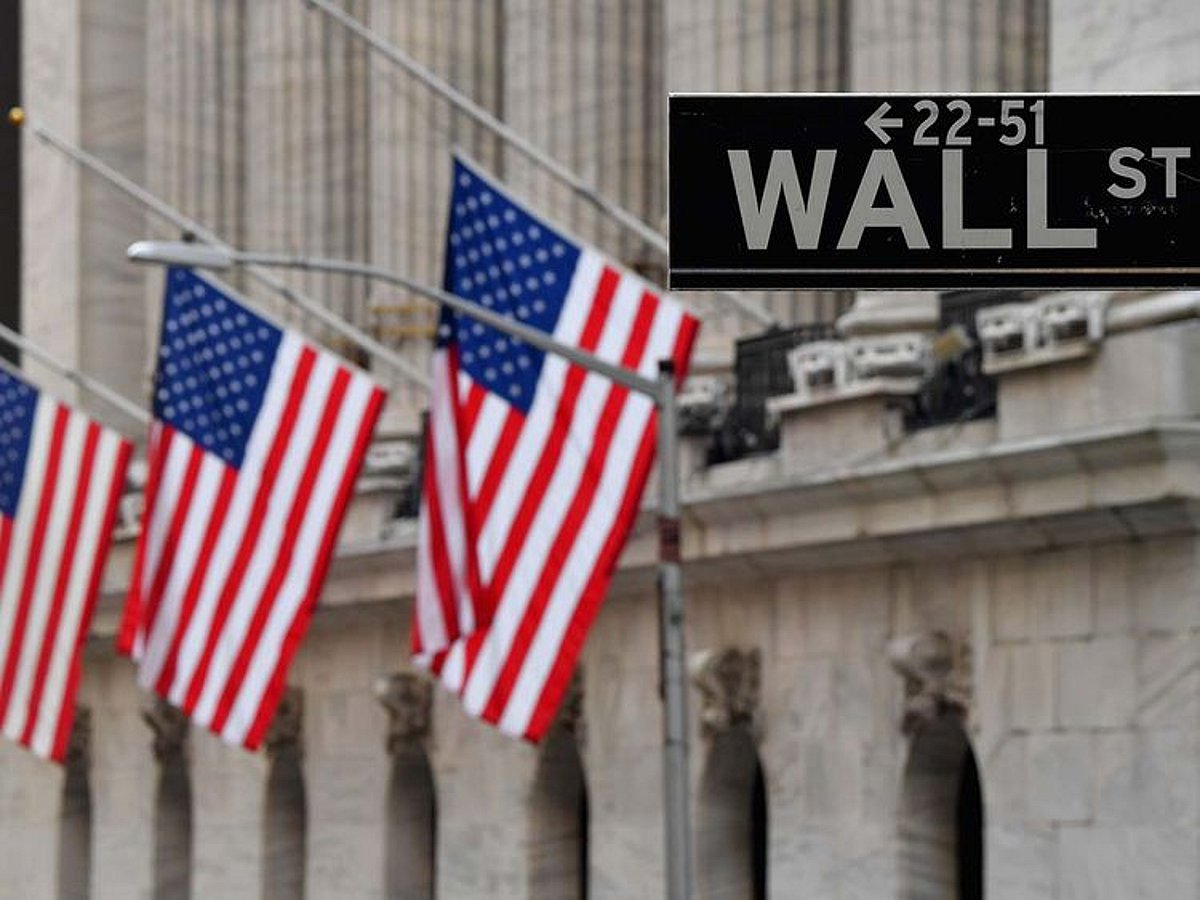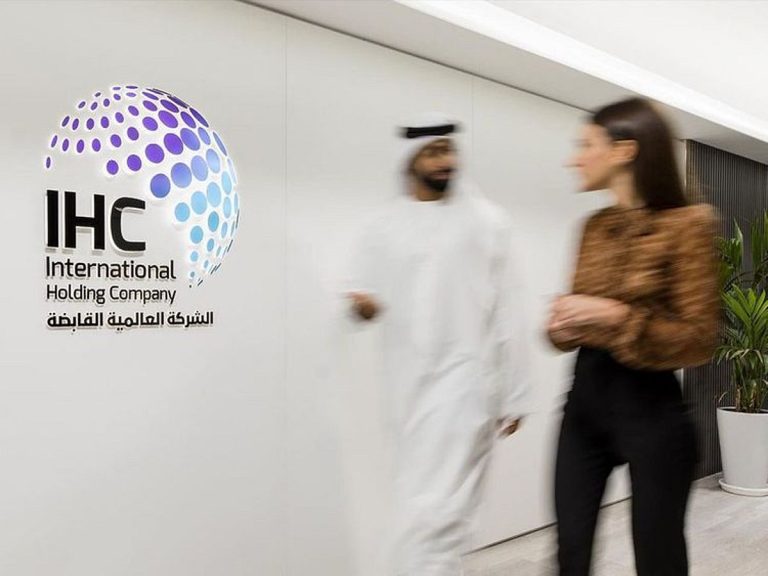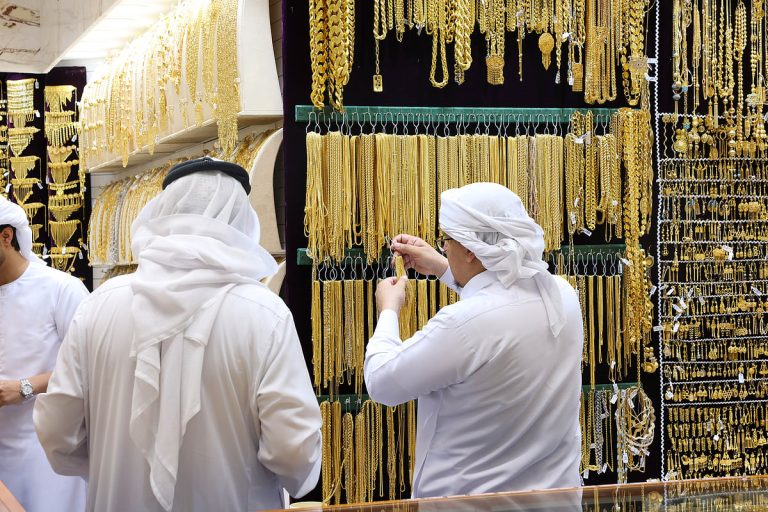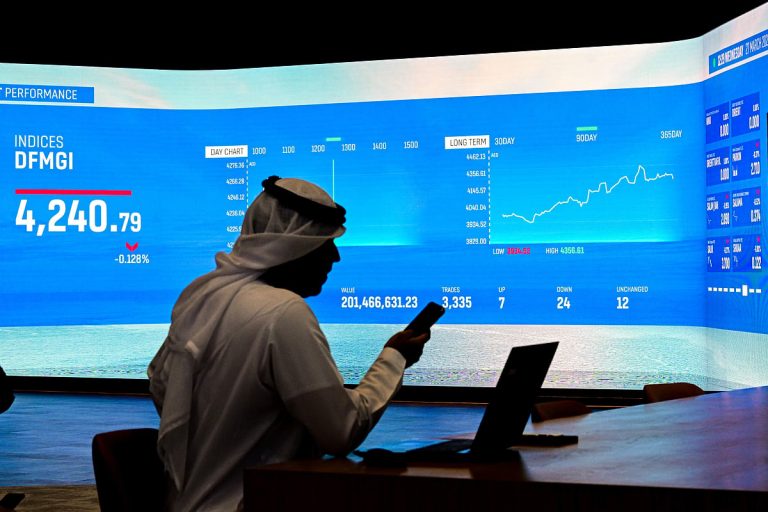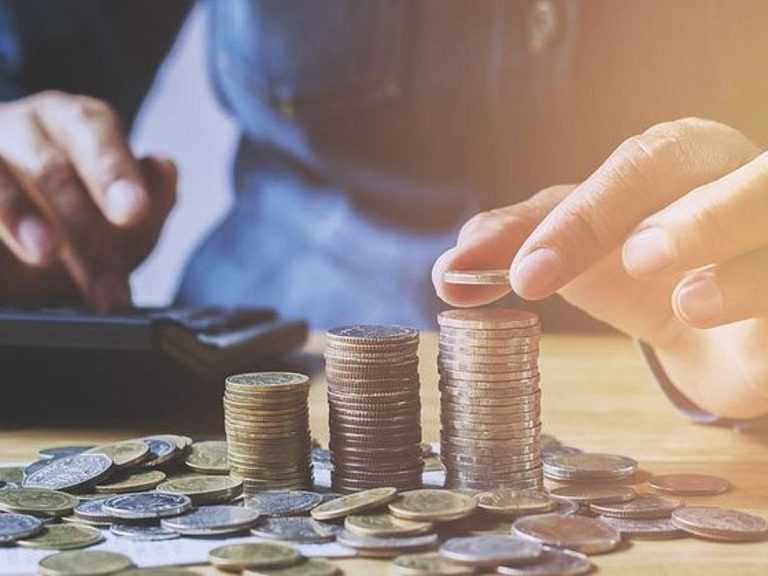Debasement Trade: Impact on Investors and Market Trends
As concerns about currency devaluation grow, many investors are shifting their focus from traditional fiat currencies to tangible assets. This trend, known as the debasement trade, reflects a broader sentiment in the financial markets where individuals seek to protect their wealth from the potential erosion of purchasing power.
What is the Debasement Trade?
The debasement trade refers to the movement of capital from fiat currencies, such as the US dollar, into hard assets like gold, silver, bitcoin, and real estate. This shift occurs when investors perceive that government policies, including excessive spending and prolonged monetary easing, are diminishing the real value of their currency. Historically, the term “debasement” described the act of reducing the precious metal content in coins, thereby lowering their value. In modern finance, it encapsulates fears that aggressive fiscal measures are undermining the integrity of paper currencies.
Current Market Trends
In 2025, the debasement trade has gained momentum as investors anticipate ongoing monetary loosening from central banks, particularly the US Federal Reserve. With expectations that interest rates may decline and government debt reaching unprecedented levels, many believe inflation will persist, further eroding the purchasing power of fiat money.
Gold and bitcoin have emerged as primary beneficiaries of this trend. Gold prices have surged past $4,000 per ounce, while bitcoin recently exceeded $125,000, both reaching record highs. Analysts suggest that these increases are not merely speculative; rather, they indicate a significant shift away from reliance on fiat assets.
Broader Implications of the Trade
The debasement trade is not limited to traditional safe havens like gold and bitcoin. Other commodities, including silver and copper, as well as real estate and infrastructure investments, have also attracted substantial inflows. Investors are increasingly looking to hedge against what they perceive as long-term currency devaluation. This trend is further supported by record purchases of gold by central banks, particularly in emerging markets that are diversifying their reserves away from the dollar.
However, there are risks associated with this trade. If inflation decreases more rapidly than anticipated or if central banks decide to tighten monetary policy, the momentum of the debasement trade could reverse swiftly. Some analysts caution that excessive optimism surrounding gold and cryptocurrencies may expose investors to heightened volatility.
The Investor Sentiment
Despite the potential risks, the narrative surrounding the debasement trade resonates strongly with many investors. In an environment characterized by trillion-dollar deficits, escalating global debt, and skepticism regarding fiscal responsibility, the trade has become a shorthand expression of the growing distrust in traditional currencies. Essentially, it represents a belief that the world’s leading currencies will continue to lose value, while tangible assets—those that can be physically held or mined—will retain their worth.
FAQs
What are the main assets involved in the debasement trade?
The primary assets include gold, silver, bitcoin, real estate, and commodities like copper, which investors turn to as a hedge against currency devaluation.
Why are investors concerned about currency debasement?
Investors worry that aggressive government spending and monetary policies are diluting the value of fiat currencies, leading to inflation and a loss of purchasing power.
How might the debasement trade change in the future?
The trade could reverse if inflation decreases significantly or if central banks tighten monetary policy, which may lead to a decline in the value of hard assets.
Conclusion
The debasement trade reflects a growing sentiment among investors who are wary of the long-term stability of fiat currencies. As they seek to protect their wealth, many are turning to tangible assets. While this trend presents opportunities, it also carries risks that investors must navigate carefully. Moving forward, monitoring economic indicators and central bank policies will be crucial for understanding the future dynamics of the debasement trade.
The shift towards tangible assets is also influenced by geopolitical tensions and supply chain disruptions, which have heightened concerns about economic stability. Investors are increasingly aware that external factors, such as international trade policies and conflicts, can impact currency values and market dynamics. This awareness further fuels the demand for hard assets as a safeguard against unpredictable market conditions.
Additionally, the rise of digital currencies and decentralized finance has introduced new dimensions to the debasement trade. As more investors explore alternative financial systems, the appeal of assets like bitcoin is amplified, particularly among younger demographics who are more comfortable with technology and digital transactions. This evolving landscape suggests that the debasement trade may continue to adapt as new financial instruments and market conditions emerge.
Also Read:
Dubai Gold Market Adapts to Rising Prices and Trends

